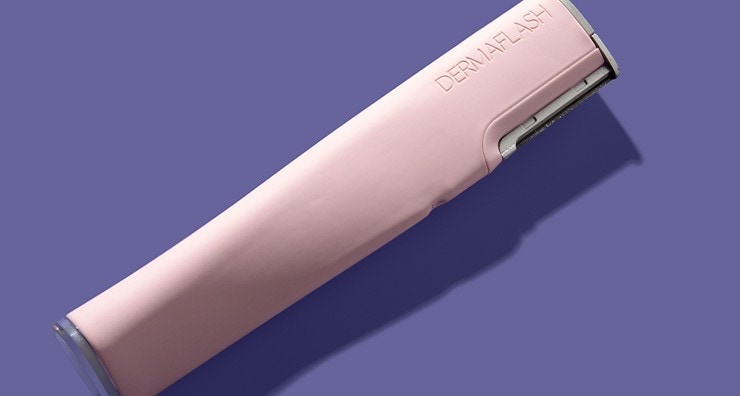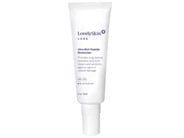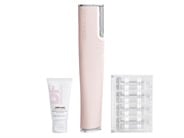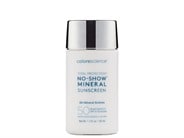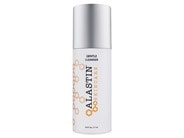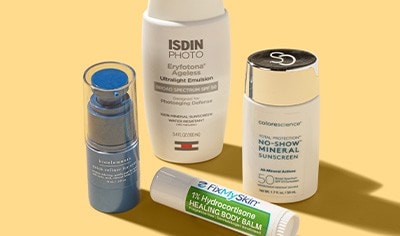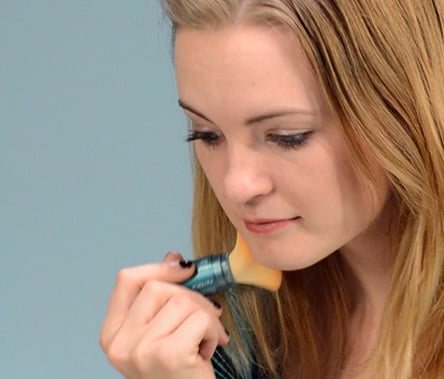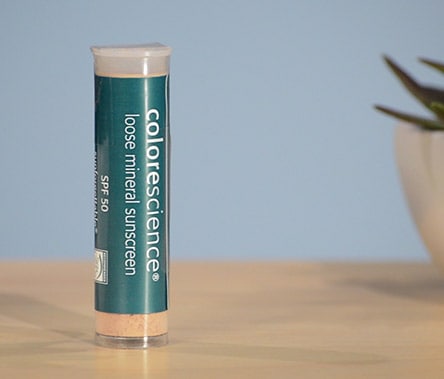Have you heard about dermaplaning and wondered what it’s all about? This non-invasive skin care procedure is one way to get brighter, smoother-looking skin at the spa or at home. We’re here to walk you through all the basic questions you might have about the process, including:
Dermaplaning removes vellus hairs (also known as peach fuzz) as well as the top layer of your skin with a razor-like dermaplaning tool. The process of dermaplaning can help clear away dead skin cells, improve uneven skin tone and leave your skin looking brighter and more radiant. Thanks to the removal of dead skin cells and vellus hairs, you might also notice that your makeup goes on smoother. If you’re in the Omaha area, a dermaplaning session is one of many services available to book with an aesthetician at the LovelySkin Spa in Omaha, Nebraska.
It’s also possible to dermaplane your own skin with an at-home skincare tool designed for dermaplaning such as the DERMAFLASH LUXE+ Anti-Aging Exfoliating Device. It combines a microfine blade with sonic technology to remove built-up dead skin cells and vellus hair, revealing fresh skin beneath. In a clinical trial, 100% of users saw an instant improvement in skin texture and after four weeks, 100% said their skin looked more even and felt tighter and more sculpted. Every time you use the DERMAFLASH device, you’ll replace the refillable single-use dermaplane blade, and there’s also a safety cage mechanism to protect your skin from nicks or scrapes.

Though dermaplaning can be a beneficial practice, it’s not for everyone. “I don’t recommend dermaplaning for my patients with skin conditions such as rosacea, eczema or psoriasis,” says Dr. Joel Schlessinger, board-certified dermatologist and LovelySkin CEO. “If you have acne, I also don’t recommend dermaplaning because it can spread acne bacteria or aggravate breakouts.”
Before dermaplaning, whether at home or at the spa, you’ll want to avoid exfoliating treatments (scrubs and peels) to avoid skin irritation. After dermaplaning, the same goes for exfoliants—plan to take a break on peels, scrubs and polishes and avoid exfoliating active ingredients, such as alpha hydroxy acids, salicylic acid and retinol for a week.
After dermaplaning, your skin might feel slightly irritated, so you’ll want to use a gentle facial cleanser. ALASTIN Skincare Gentle Cleanser is a moisturizing foaming facial wash that helps calm redness and irritation as it gently cleanses your skin. It also contains glycerin to help attract moisture to your skin, so it feels soft and hydrated.
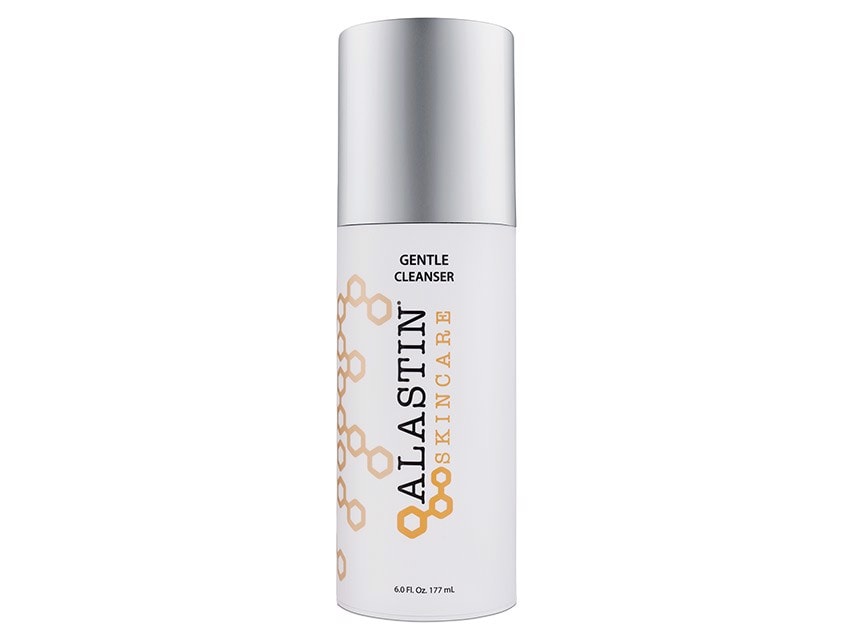
“Your skin will be more sun-sensitive after a dermaplaning procedure, so wearing a broad-spectrum sunscreen is especially important,” Dr. Schlessinger says. Colorescience Total Protection No-Show Mineral Sunscreen SPF 50 is an all-mineral option that offers broad-spectrum UVA and UVB protection without a white cast. It also contains allantoin and bisabolol, two ingredients that help reduce skin irritation and inflammation.
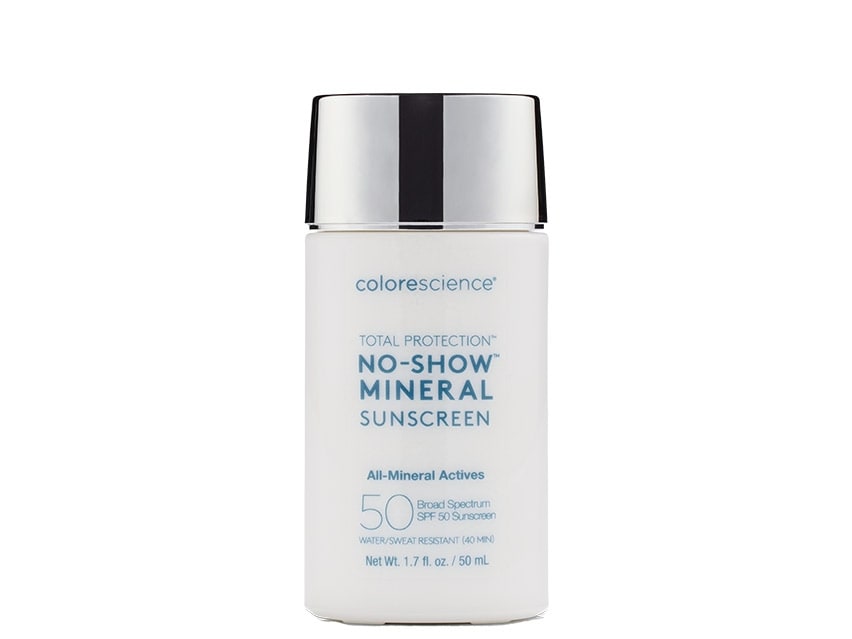
For nighttime, a hydrating moisturizer such as LovelySkin LUXE Ultra-Rich Peptide Moisturizer can also help skin feel comforted after a dermaplaning session. This multi-benefit moisturizer helps reduce inflammation, minimize fine lines, correct cellular damage and restore moisture with peptides, pomegranate oil and afaLUXE, a dermatologist-developed antioxidant blend.

Are you interested in other professional cosmetic treatments at your dermatologist's office? You can learn more about the benefits of microneedling on the LoveySkin Blog.


